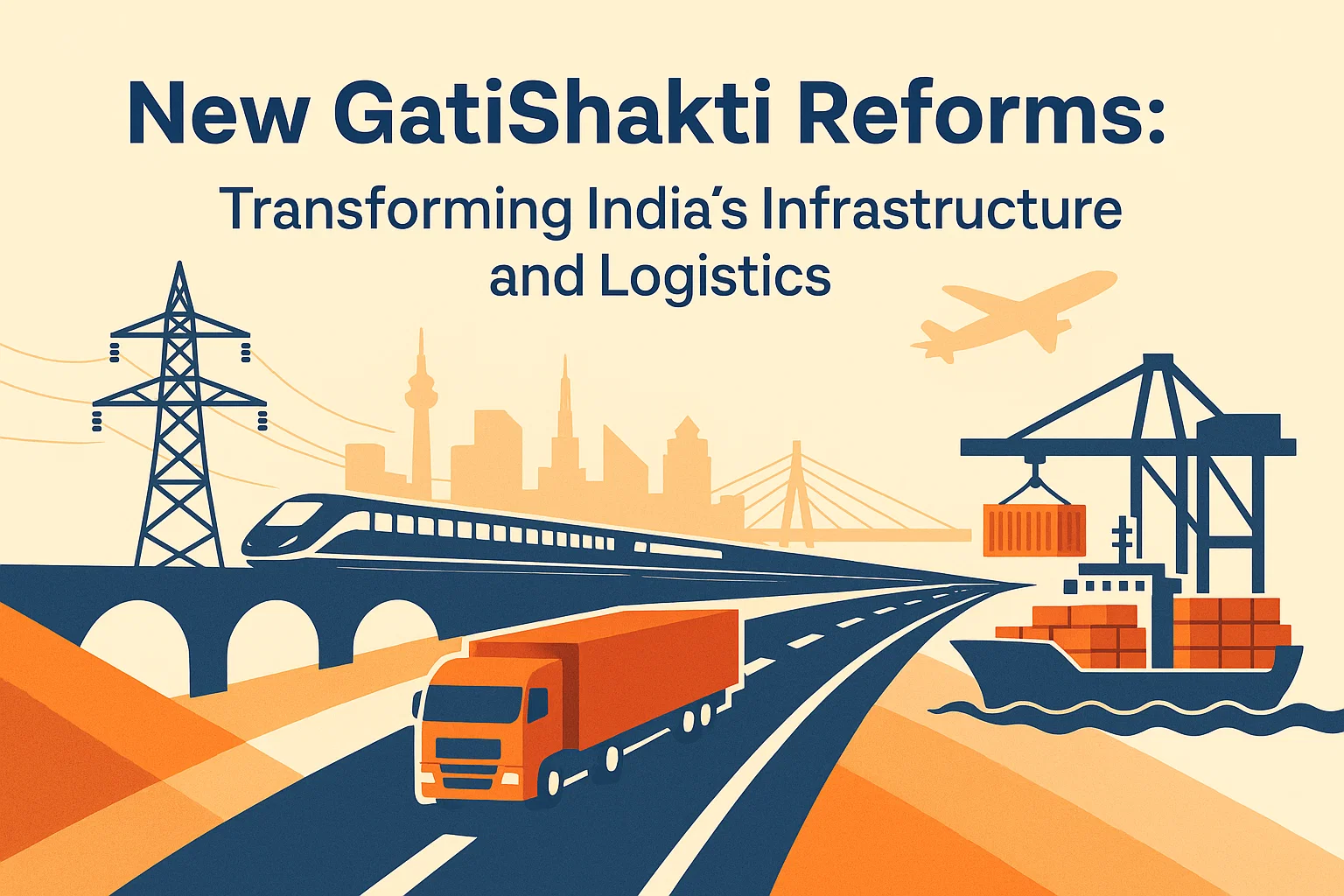Font size:
Print
Youth Unemployment Conundrum
Context: Recent data from the Periodic Labour Force Survey (PLFS) reveals a concerning trend: a decline in the Labour Force Participation Rate (LFPR) and Worker Population Ratio (WPR), coupled with a rise in the Unemployment Rate (UR), particularly among youth (15-29 years).
Why is youth unemployment a concern?
Youth unemployment is not just an economic indicator but a critical socio-economic challenge with far-reaching implications:
- Squandering the Demographic Dividend: India is witnessing “Demographic Spring” characterised by a large working-age population and a declining dependency ratio. In this context, a high youth unemployment means failing to harness this vast human capital, turning a potential economic advantage into a massive liability of unproductive and disenfranchised citizens.
- Economic Loss and Lower Growth: A large pool of unemployed youth represents a significant loss of potential output and consumption, dampening overall economic growth and domestic demand.
- Social Unrest and Instability: Prolonged joblessness among educated youth leads to frustration, disillusionment, and a loss of trust in institutions. This can manifest in increased crime, social agitation, and political instability, threatening the nation’s social fabric.

- Mental Health Crisis: Unemployment is strongly correlated with anxiety, depression, and a loss of self-esteem, creating a public health challenge.
- Skill Atrophy: The longer young people remain unemployed, the more their skills and education become outdated, making it increasingly difficult for them to integrate into the workforce later, creating a vicious cycle.
What steps have been taken to address the challenges?
- Skill India Mission (2015): An umbrella scheme aimed at providing vocational training and certifying over 400 million people by 2022. Key components include:
- Pradhan Mantri Kaushal Vikas Yojana (PMKVY): For short-term skill training and recognition of prior learning.
- National Apprenticeship Promotion Scheme (NAPS): To promote apprenticeship training.
- Make in India (2014): A policy to encourage multinational and domestic companies to manufacture in India, aiming to boost the manufacturing sector’s share in GDP and create mass employment.
- Startup India (2016): Aims to build a strong ecosystem for nurturing innovation and startups to drive economic growth and generate large-scale employment opportunities.
- Production Linked Incentive (PLI) Schemes: To boost domestic manufacturing in key sectors like electronics, pharmaceuticals, and automobiles, thereby creating jobs.
- National Education Policy (NEP) 2020: Emphasises holistic education, vocational integration from school level, and multidisciplinary learning to address the skills gap.
What other initiatives can be taken to tackle the same?
- Launch a National Jobs Mission: As suggested by the Economic Survey 2023-24, a centralised, apex body under the PMO with a mandate to synergise all job creation efforts. Its roles would include:
- Labour Market Intelligence: Creating a real-time, district-level database of job vacancies and skills supply to inform policy and skilling programs.
- Sector-Specific Strategies: Developing tailored plans for high-employment potential sectors (e.g., tourism, logistics, care economy, green jobs) based on the FoW report.
- Incentivize Job Creation: Providing direct fiscal incentives to MSMEs for creating formal jobs, especially for first-time job seekers.
- Double Down on Apprenticeships: Scale up NAPS aggressively by making it easier for companies to hire apprentices and making apprenticeships a mandatory part of all higher education courses.
- Promote Women’s Participation: Address the low Female LFPR through policies like safe transportation, flexible work arrangements, and incentivising the hiring of women to tap into a massive underutilised talent pool.
- Focus on “Employment of Tomorrow”: Align skilling programs directly with the WEF’s identified future roles (AI/ML specialists, data analysts, cybersecurity experts) and green jobs (solar technicians, ESG analysts). Integrate these skills into university curricula.
- Formalise the Informal Sector: Use technology to provide social security benefits to gig and informal workers, making these jobs more attractive and secure for the youth.


